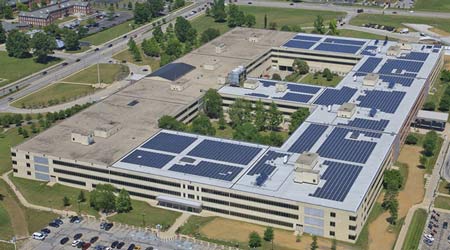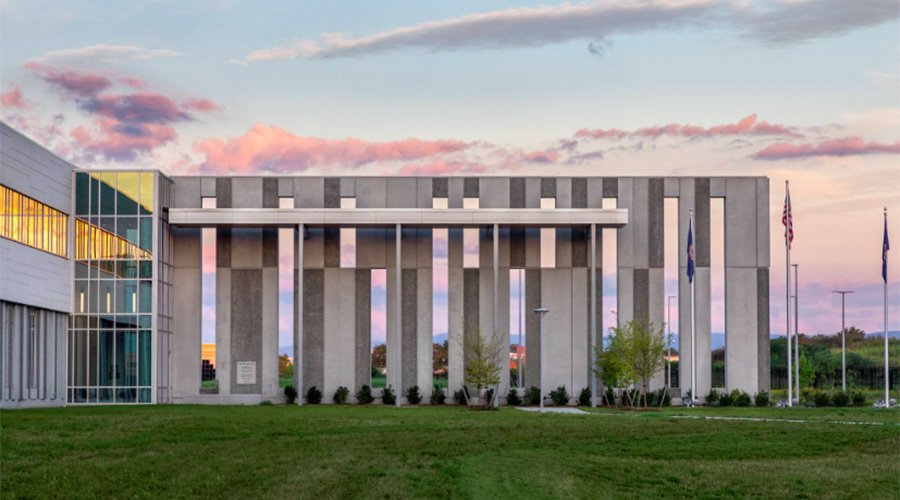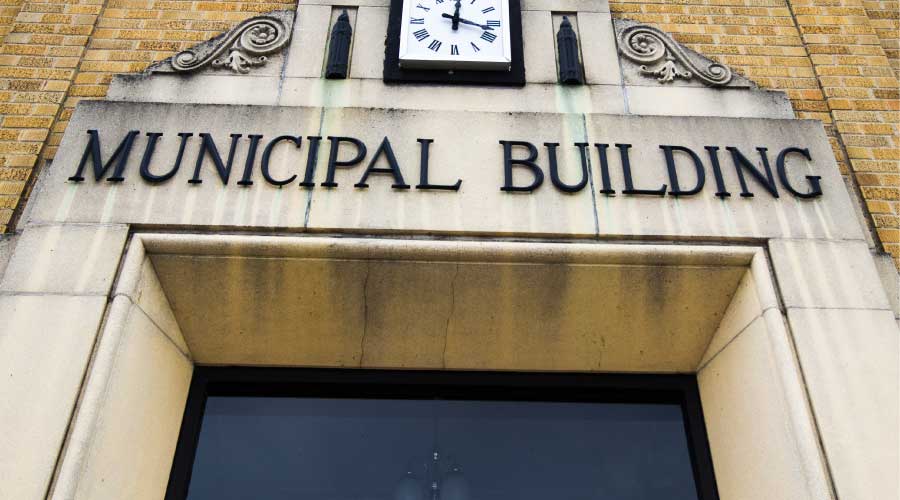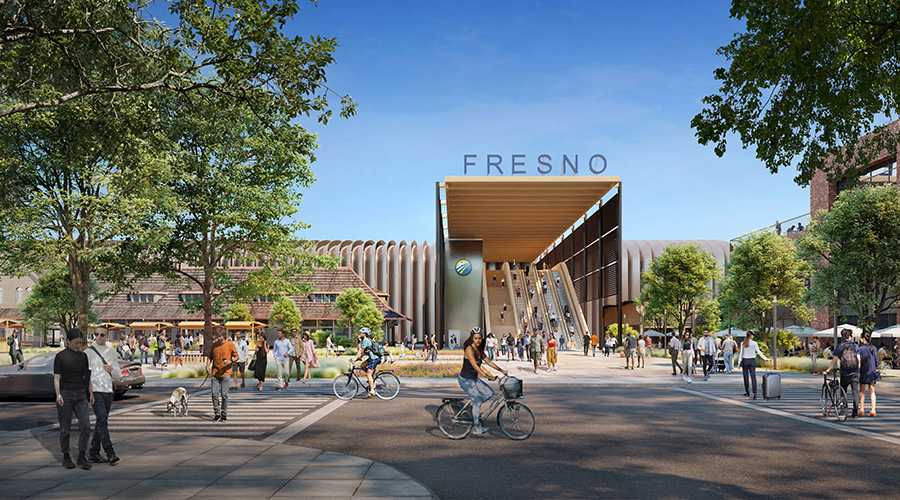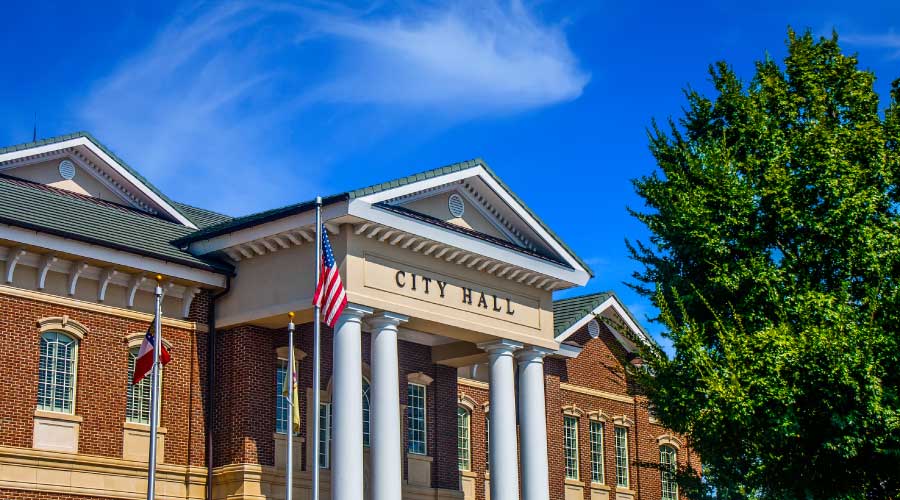Three Federal Government Buildings Illustrate Innovative, High-Performance Strategies
Part 1 of a 3-part article showing how the federal government is using high-performance best practices.
Cynics and partisans like to point out how poor the federal government is at innovation. But one needs look no further than government facilities to see how high-performance innovations and technology are shaping facilities. These innovations are redefining what a high-performance building can be, serving as models for the private sector. Three federal buildings, each having completed recent renovations, showcase some of these high-performance strategies and technologies.
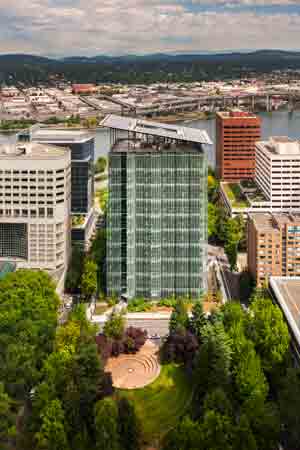
Caption: The Wyatt Federal Building in Portland, Ore., completed a $139 million renovation that includes a high-performance facade to manage solar heat gain and maximize natural light. Photo courtesy of GSA.
Edith Green-Wendell Wyatt Federal Building, Portland, Ore. — Housing more than 1,200 federal employees, this 525,000-square-foot building underwent a three-year, $139 million renovation and modernization completed in 2013. In addition to several energy- and water-efficient features, one of the cornerstones of the facility reboot is an innovative, high-performance façade that includes a shading system and light shelves that maximize daylight and minimize solar heat gain. The building also includes a photovoltaic system on the roof that provides 3 percent of the building’s power.
“The building envelope is very energy efficient for a high-rise tower,” says Frederick Moorehead, program manager for operations and maintenance for GSA. “It provides this great look for our tenants walking into this building. They all know it’s a cut above their neighbor’s facility.”
The building is saving an average of 64 percent on energy compared to a pre-renovation baseline, as well as 33 percent on water. It has a current Energy Star score of 97.
“We all know that design intent and real operations don’t always go hand in hand,” says Moorehead. But this is one building where that gap was successfully bridged.
Top photo credit: Gilbane Construction
Related Topics:








